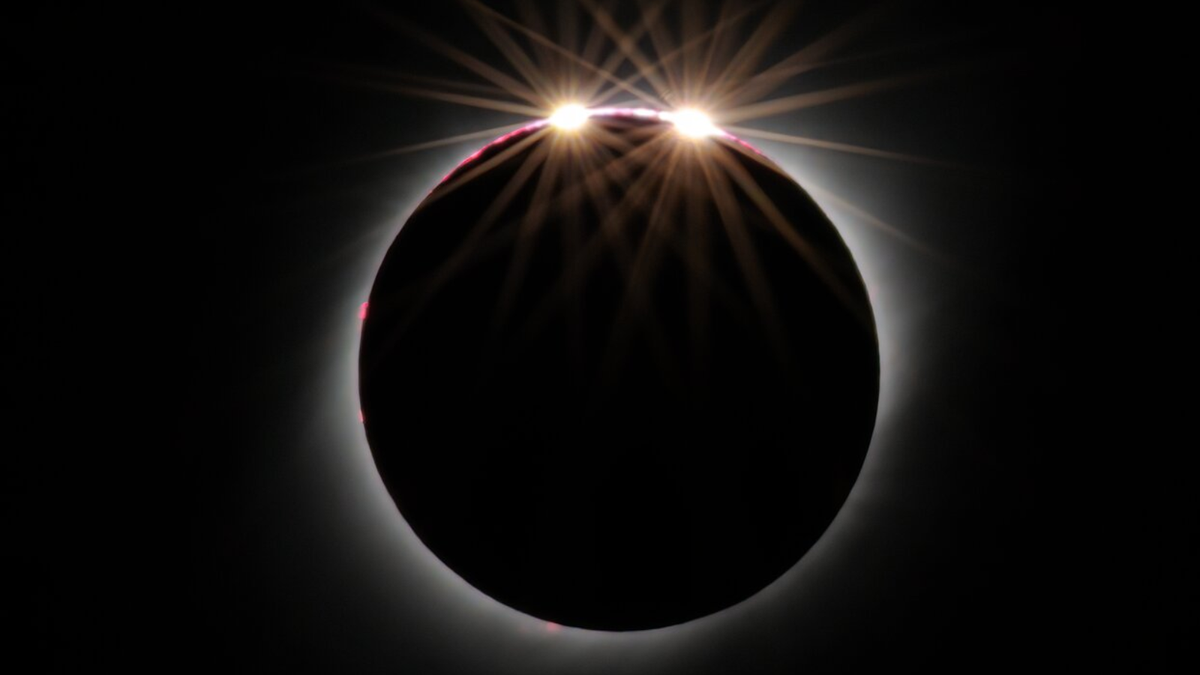Eclipses, beyond their captivating beauty, hold immense scientific value. They act as celestial keyholes, allowing us to peer into the atmospheres of distant worlds, known as exoplanets.
This goes far beyond the momentary blocking of the sun’s brilliance during a solar eclipse. By observing the subtle dimming of a star as an exoplanet transits in front of it, astronomers can unlock a wealth of information about these far-off worlds. Imagine a cosmic game of hide-and-seek, where the momentary dip in starlight reveals the presence of a hidden world.

Citizen Science: The Public as Cosmic Detectives
Citizen science is playing a vital role in this cosmic detective work. Projects like Exoplanet Watch and ExoClock empower the public to actively contribute. Equipped with home telescopes or remotely controlling powerful instruments online, participants meticulously observe these exoplanet transits. They record and process the data, helping to refine the timing of future transits. This refined data ensures that space telescopes like the James Webb Space Telescope (JWST) and the European Space Agency’s Ariel telescope are perfectly positioned to make groundbreaking observations.
Think of it like this: Citizen scientists are the advance scouts, meticulously mapping the celestial terrain and pinpointing locations of interest for the powerful space telescopes to follow up on. Their contributions are crucial in maximizing the efficiency and effectiveness of these telescopes, whose observation time is extremely valuable.
Decoding the Fingerprint of Light: Atmospheric Analysis
The analysis of starlight filtered through an exoplanet’s atmosphere during a transit is akin to examining a fingerprint at a crime scene. Different elements within the atmosphere absorb specific colors of light, leaving a unique spectroscopic signature. By analyzing this signature, scientists can decipher the exoplanet’s atmospheric composition. It’s like reading a celestial message written in the language of light. Just as the orange glow of a sodium lamp reveals its sodium content, the colors missing from starlight filtered through an exoplanet’s atmosphere can reveal the presence of specific elements and molecules. Imagine deciphering the chemical makeup of an entire world from a faint flicker in starlight!
The Quest for Biomarkers: A Beacon of Life?
The ultimate goal? Identifying potential signatures of life, or biomarkers. Oxygen, a byproduct of Earth’s life processes, is a prime example. However, the field of exoplanet research is still in its early stages. Careful verification and follow-up observations are essential to avoid mistaking cosmic dust for the whispers of life. Rigorous scientific processes are paramount to ensure that any claims of extraterrestrial life are grounded in evidence. Just as a single fingerprint might have multiple explanations, so too can a faint spectroscopic signature. The scientific community proceeds with caution and meticulous observation to avoid sensational claims.
The Challenge of Time: Keeping Powerful Telescopes on Target
One major challenge in studying exoplanets is the uncertainty of transit timings. The gravitational tugs of other planets and celestial bodies can cause slight variations in exoplanet orbits. These deviations can potentially cause them to miss narrow observation windows for space telescopes. Citizen science projects providing real-time data help mitigate this challenge. By constantly refining transit predictions, they ensure that these powerful telescopes are strategically positioned to capture these fleeting moments. Imagine a cosmic game of catch, where precise timing is everything. Citizen scientists help refine the throw, ensuring the telescopes are in the perfect position to catch the faint signal from a distant world.
Unveiling the Universe’s Secrets: A Journey of Discovery
Eclipses, both celestial and metaphorical, illuminate our path toward a deeper understanding of the universe. As we analyze the light filtered through these distant worlds, we stand on the threshold of unraveling breathtaking stories written in the language of light and gravity. The universe whispers its secrets, and eclipses offer us a chance to listen intently. With continued scientific exploration, collaboration between professional and citizen scientists, and the ever-evolving power of technology, we may one day unlock the secrets these distant worlds hold and answer the profound question: Are we truly alone in the cosmos? The future of exoplanet research is bright, and eclipses, both literal and metaphorical, will continue to guide us on this extraordinary voyage of discovery.
In the dance of light and shadow, eclipses beckon us to explore distant worlds. Guided by citizen scientists and fueled by curiosity, we decode the language of stars, inching closer to the cosmic truth. Challenges persist, but eclipses remind us of the boundless wonders awaiting discovery. Together, we journey onward, driven by the promise of the unknown and the enduring spirit of exploration.



















